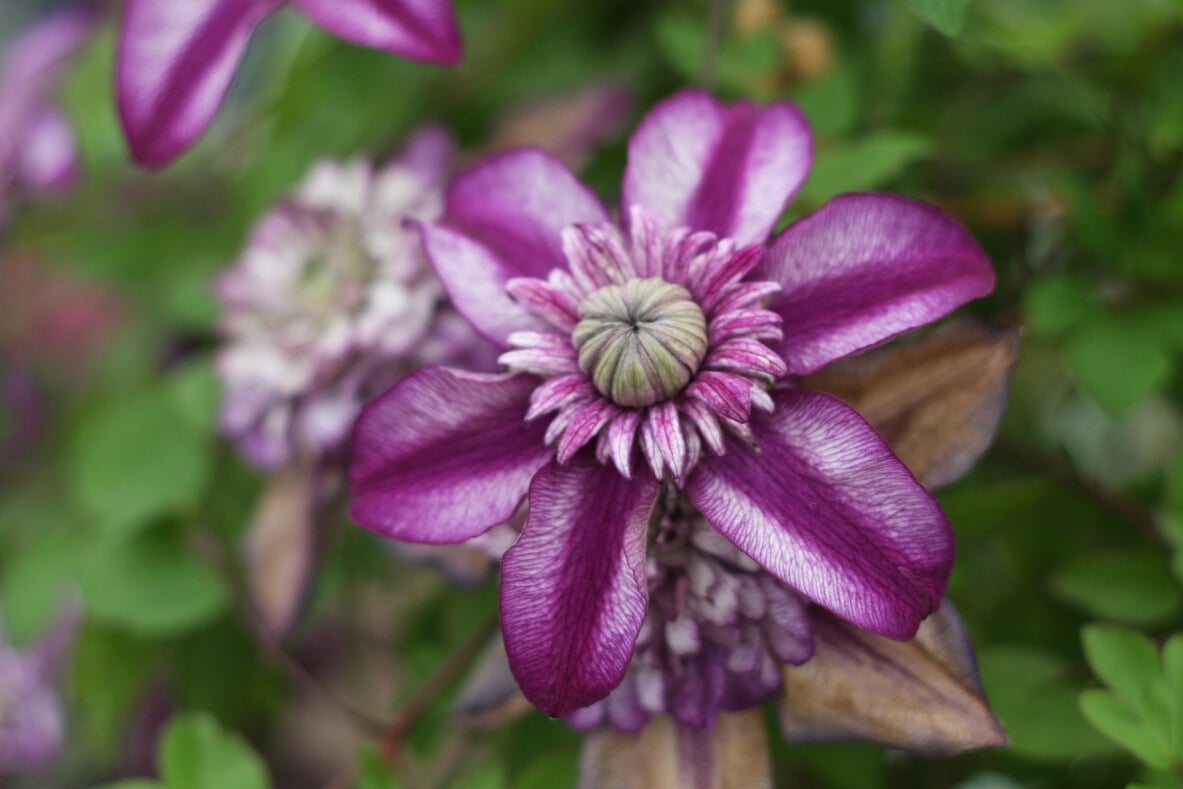Cuttings
 wakeshine
Posts: 975
wakeshine
Posts: 975
Hi there
I have tried to grow new plants from cuttings this year. Every time I have tried, the leaf/cutting has died, or a fuzzy fungus type thing has grown around. What am I doing wrong?
I have followed all instructions from books and videos. As I don't have a greenhouse I used my old fish tank with a clear plastic on top and made holes in the plastic for ventilation! Dianthus/pinks I dipped the cutting in rooting powder and put in small pots of compost and sand, and put them in the fish tank. The cuttings never rooted. Same with hydrangea leaves but this was not in the fishtank, just outside on table.Leaves have all dried up and died despite my watering them.
How do you stop fungus growing around the cutting but still get the cutting to root? I want to try propogating some roses but all videos say cover the pot with plastic bag. So won't the fungus form again? How do you stop that happening and get it to root?
Thanks in advance.
Posts
Hi wakeshine. I never enclose my pots of cuttings in plastic bags or anything else. If my cuttings take I'm happy but I get a lot of failures too. Are you preparing your cuttings ok? i.e. cutting below a leaf joint and stripping back some of the leaves. You mention Hydrangea leaves - what exactly do you do with those? Hydrangea leaves on their own will not grow.
Have a look here http://www.gardenersworld.com/how-to/grow-plants/how-to-take-rose-cuttings/
and here http://www.telegraph.co.uk/gardening/gardeningadvice/8822851/Make-a-slit-trench-for-hardwood-cuttings.html
I usually use the slit-trench method. Don't worry about the cuttings losing their leaves.
As for hydrangeas, I find the best way is to prepare your cuttings, take off most of the leaves, and cut the top leaves in half, thus reducing moisture loss. I then put the cuttings in a jamjar of water and pop them on a shady windowsill in the kitchen and leave them there. After several weeks they begin to grow roots. When the roots are several inches long I separate the cuttings and pot them up.
Gardening in Central Norfolk on improved gritty moraine over chalk ... free-draining.
Hello. Thank you. I just re-did the hyrangea. Is this correct:
Please can you advise where on the following roses I should be cutting? The first two is a big bush at a friend's place. There are loads of flowers on it. It's hard to find new growth without buds or flowers on it, just leaves...
The following are in my garden. There is new growth and they have been deadheaded. Shall I just cut a section of which looks green and new, even if there are no leaves or buds on it? These roses are very old but they are producing new growth.
Sorry about the unsightly leaves. The roses have not done well this year and have been full of blackspot :-(
Hi again Wakeshine. On your Hydrangea stems you will see the little bumps (nodes) where the leaves develop from. You need to trim your cuttings to just below those nodes and then put them back in the water. If you leave that inch or so of stem, this will rot and possibly prevent your cuttings from rooting. Perfect other than that little point!
For your roses, you need a healthy non-flowering shoot about 8-10 inches long - remove all the leaves - which you can just push into a slit made by pushing the blade of your spade into soil and wiggling it a little to open up the split. Make sure that you get the rose cutting the right way up. Cut straight across - under a node - at the bottom of the cutting and an angled cut directly above a node at the top end. Bury the cutting about half its depth in the slit and firm the soil gently around it. Many shrubs can be propagated easily this way. Just experiment and have fun.
Last edited: 08 August 2016 14:06:01
Thanks Ladybird4 - so for the hydrangea I need to cut below where the first set of leaves were cut off? And for the roses it doesn't matter if the cutting I have doesn't have ANY leaves on it? As you can see may of the stems don't have any leaves for some reason.
For a couple of years I have been putting cuttings into a small plant pot filled with very damp (actually quite wet) vermiculite which is basically just like rooting cuttings in a jar of water but with something for the roots to get a grip on. I keep the pot in about 1 cm of water until roots appear. It means there is no rush to pot things up and there doesn't seem to be a problem with mould, but maybe I have just been lucky in that respect. I never cover the cuttings with a plastic bag because that is just inviting spores to land and start turning things fuzzy.
Yes Wakeshine - just below the 'bumps' on the lower end of the stem. For your roses, if you are going for the slit in the ground method, they have to have ALL their leaves - if any - removed.
Hiya I don't know what slit in the ground method means? I was going to put them into pots! The roses not te hydrangea. Thanks Ceres for the photo - that's helpful. Are those geraniums? Can geraniums be rooted in 1cm water too?
Those are geranium Anne Folkard and they've started to produce roots. I rooted two fig trees using this method last autumn and they are both producing fruit even though they are still babies.